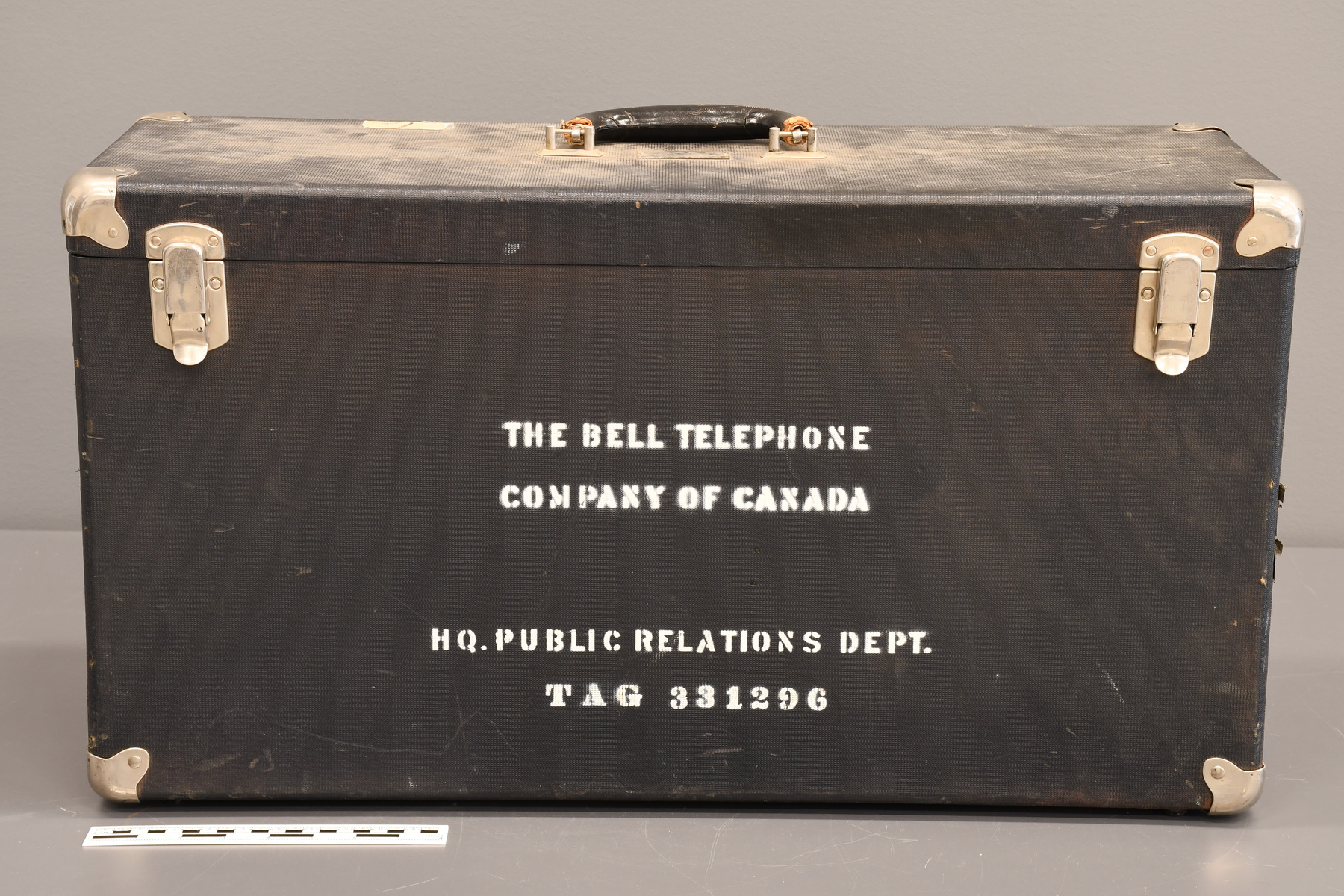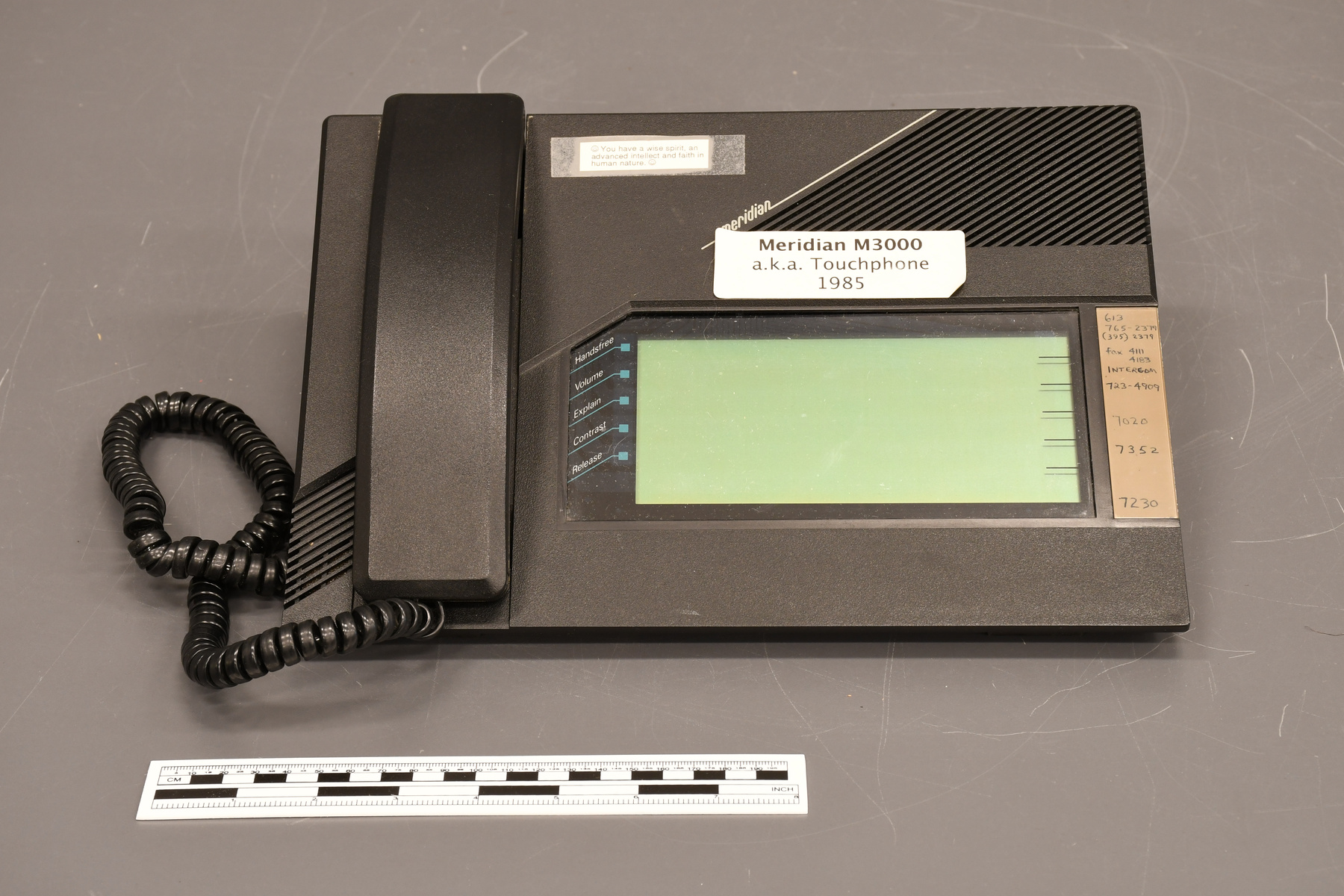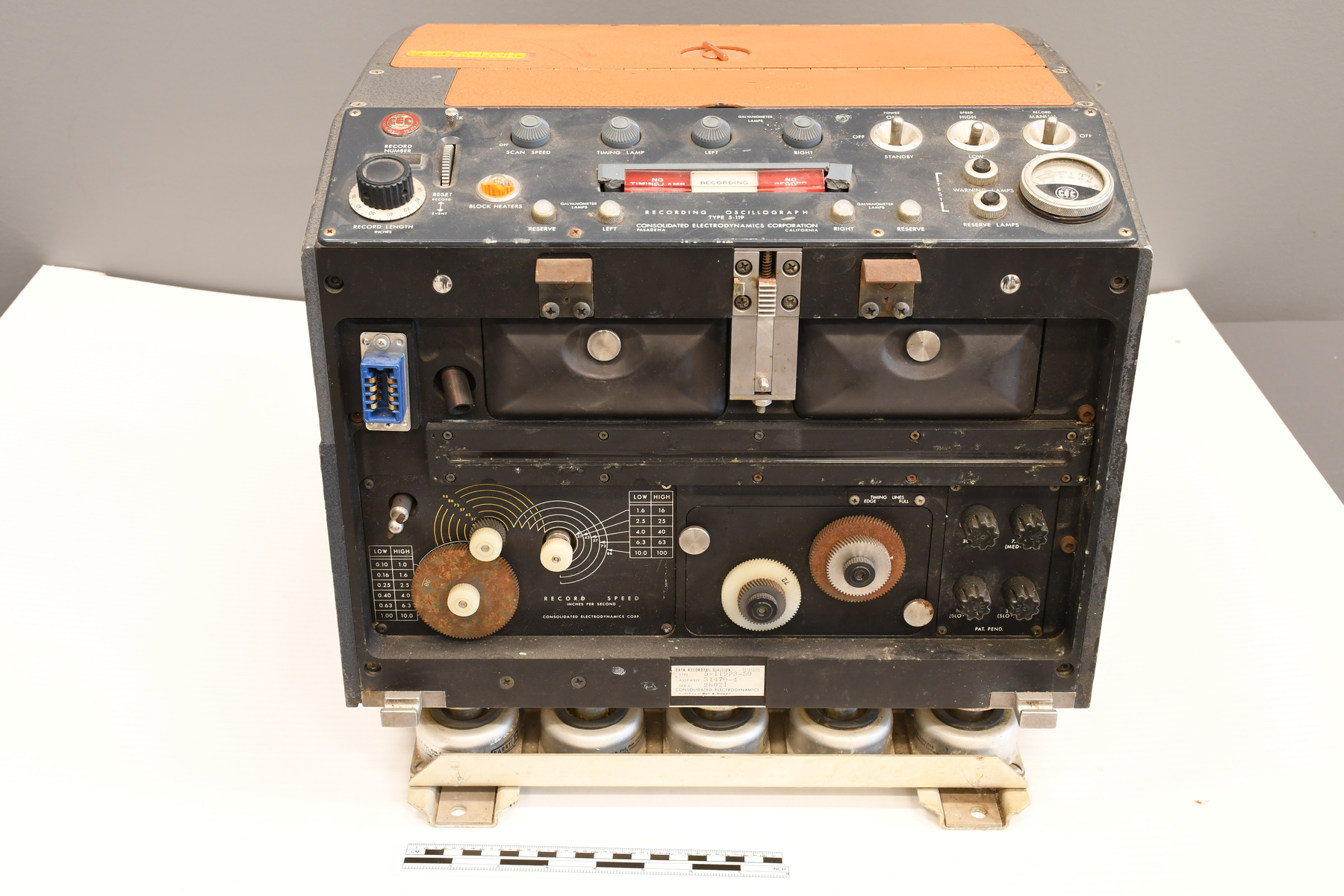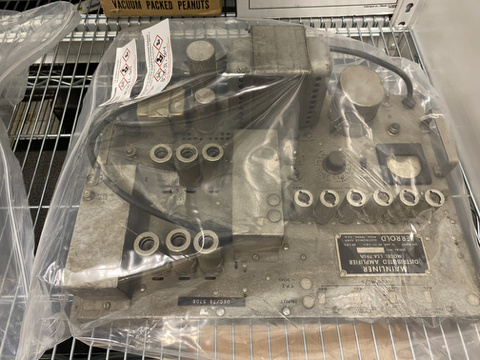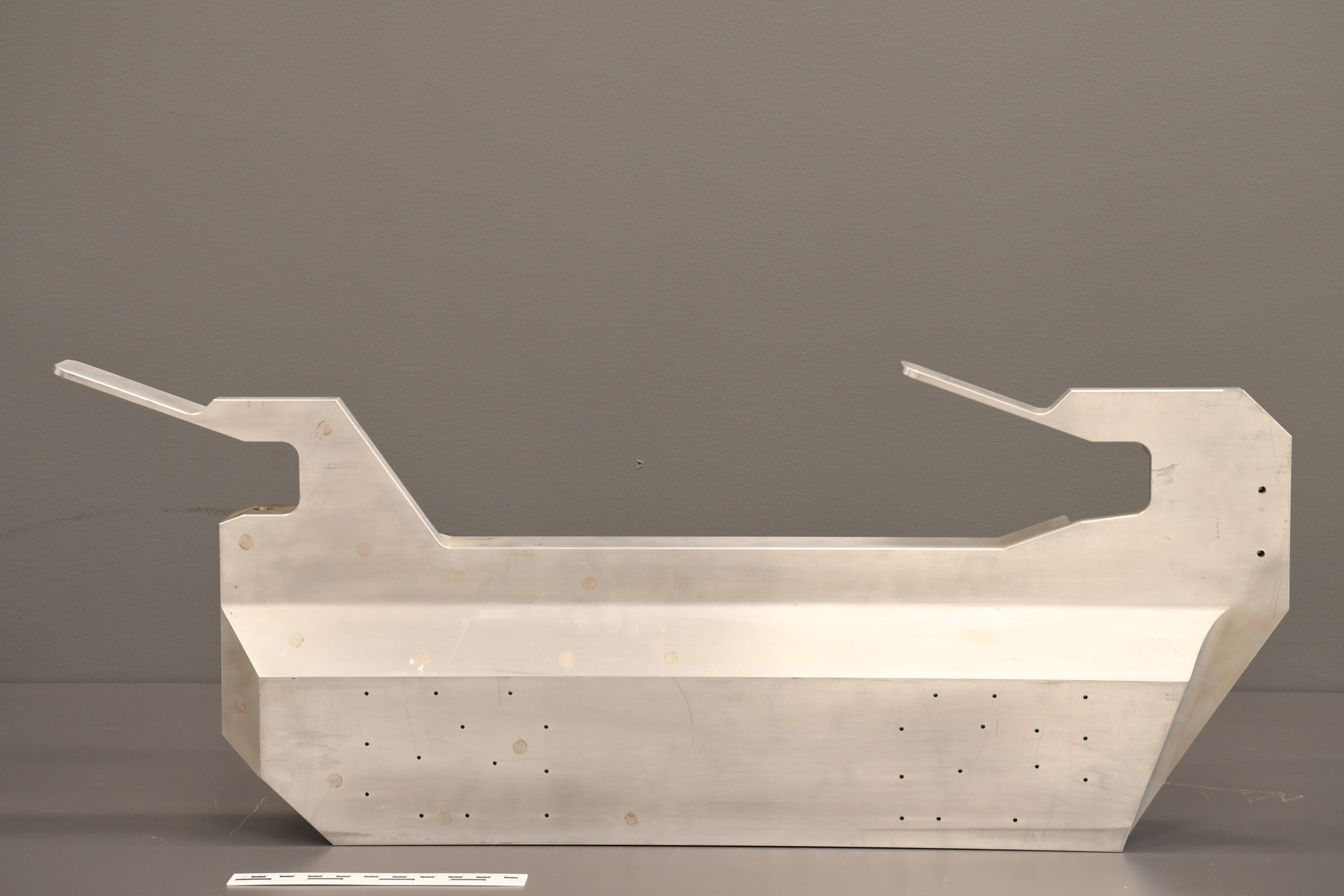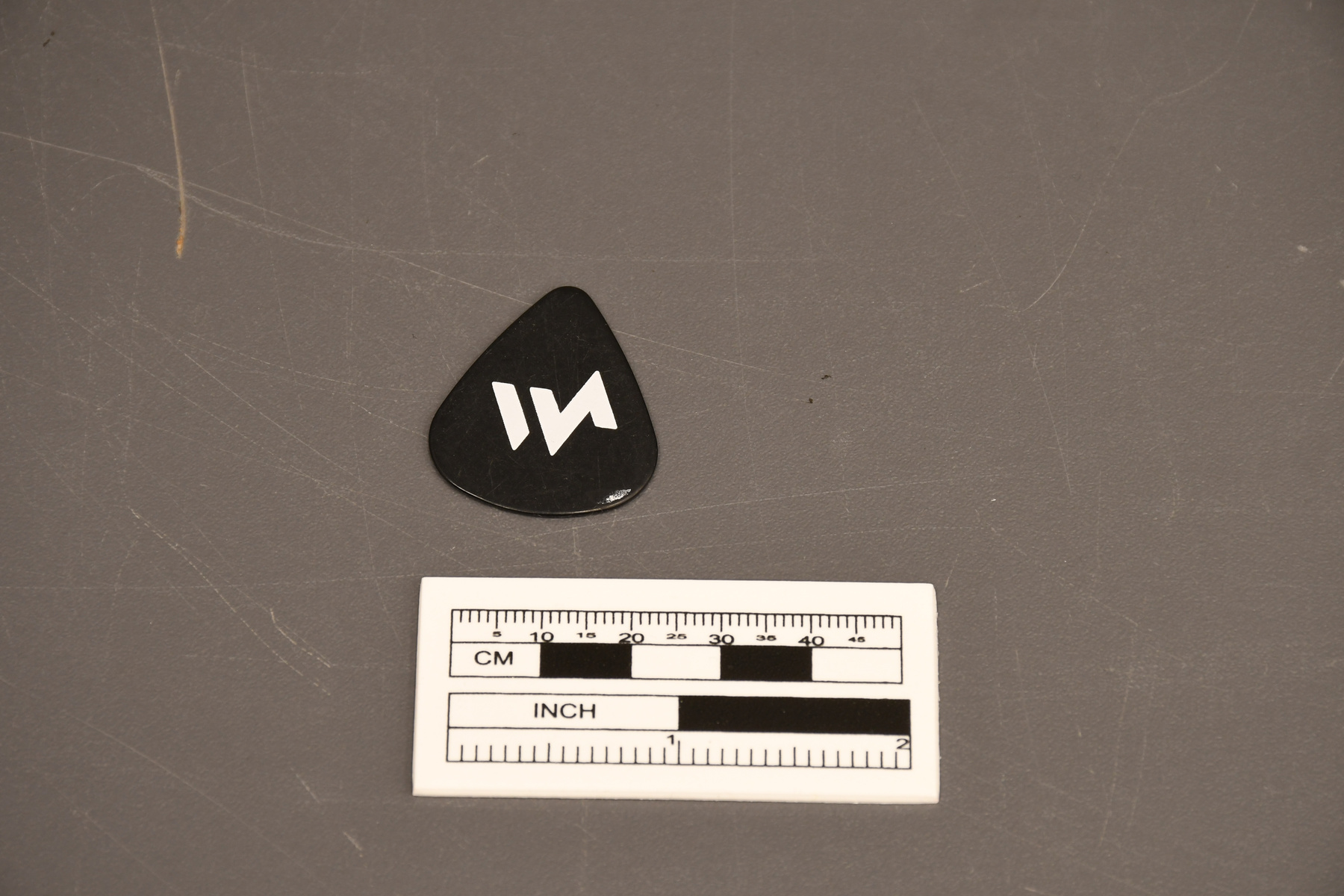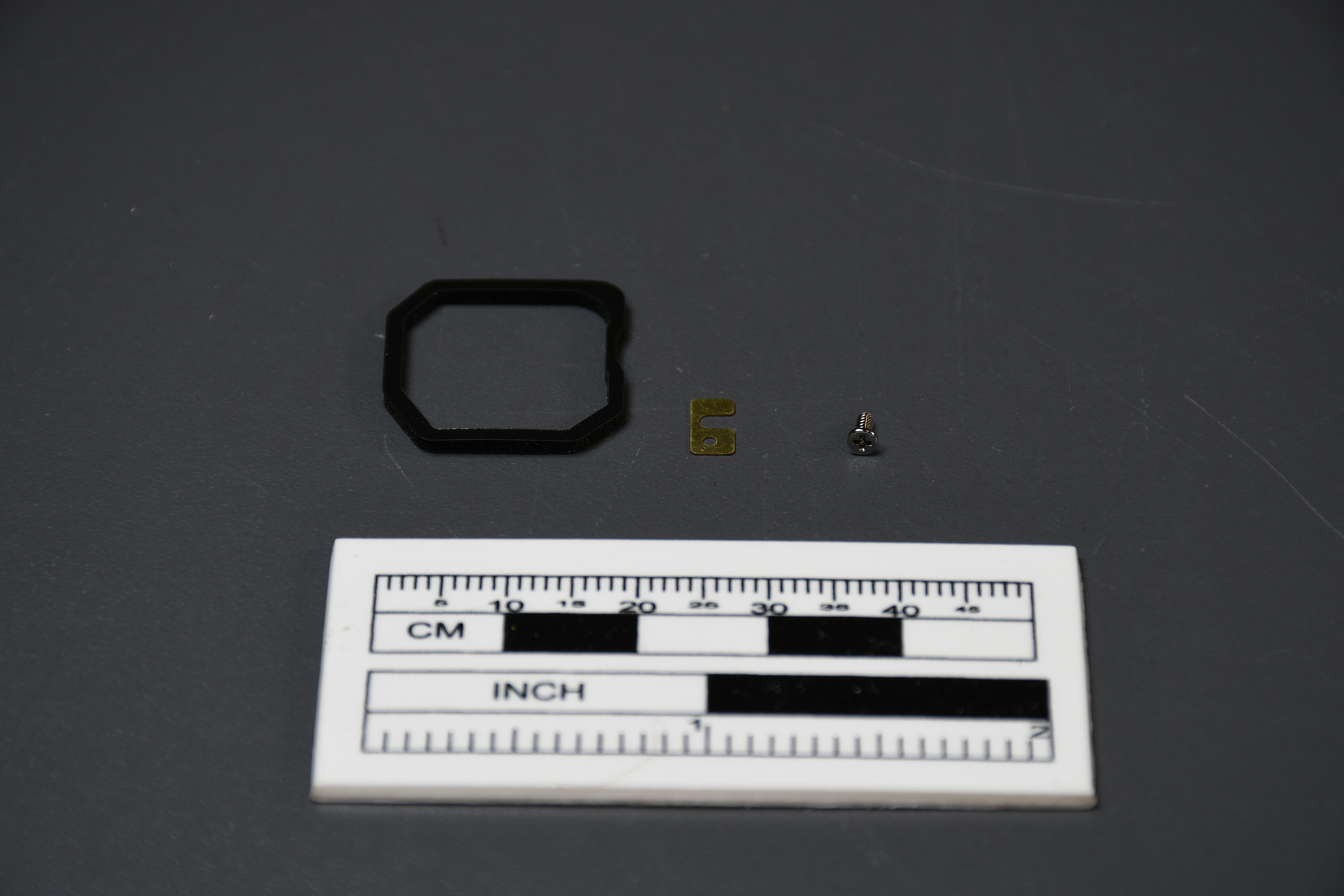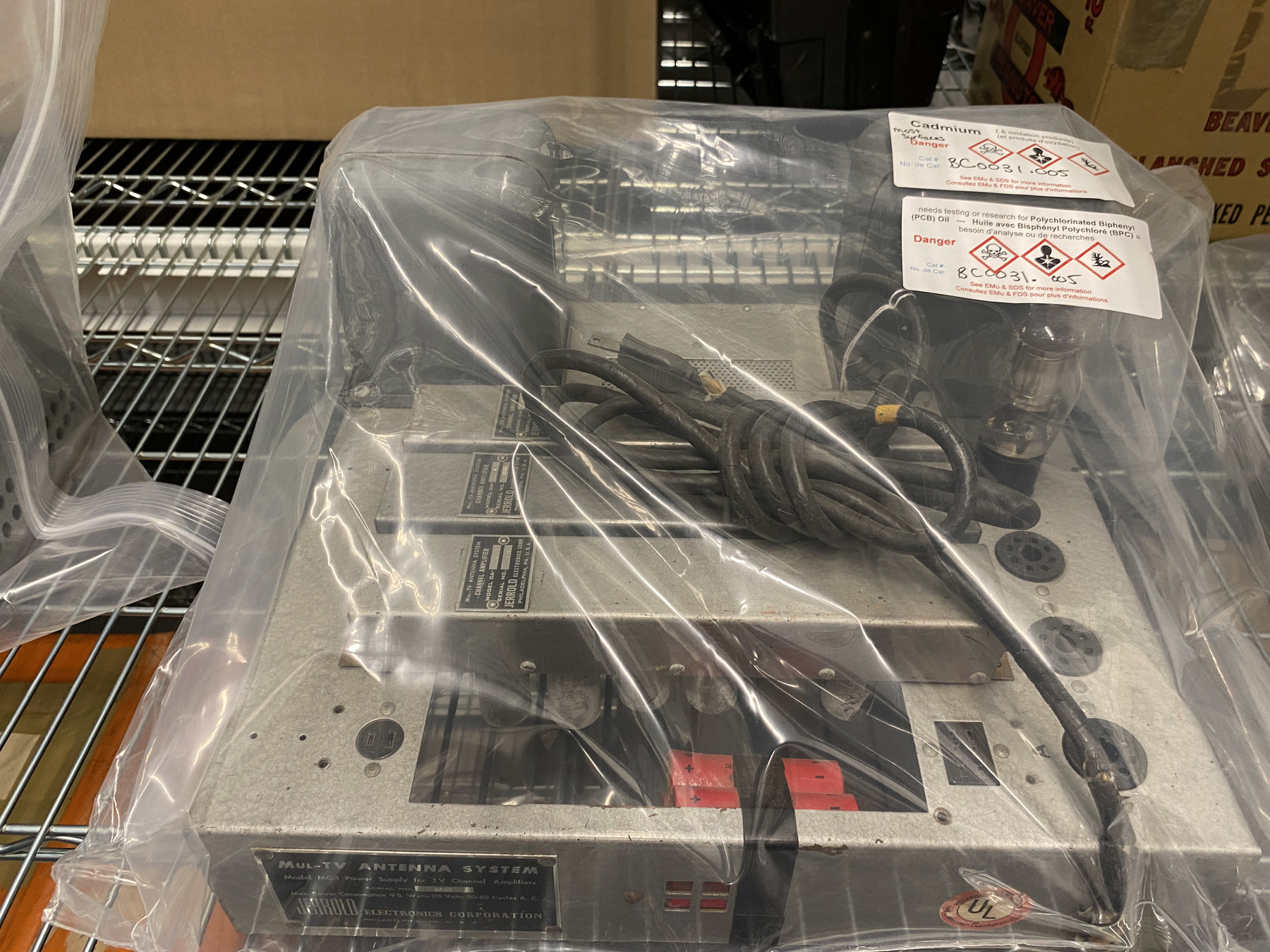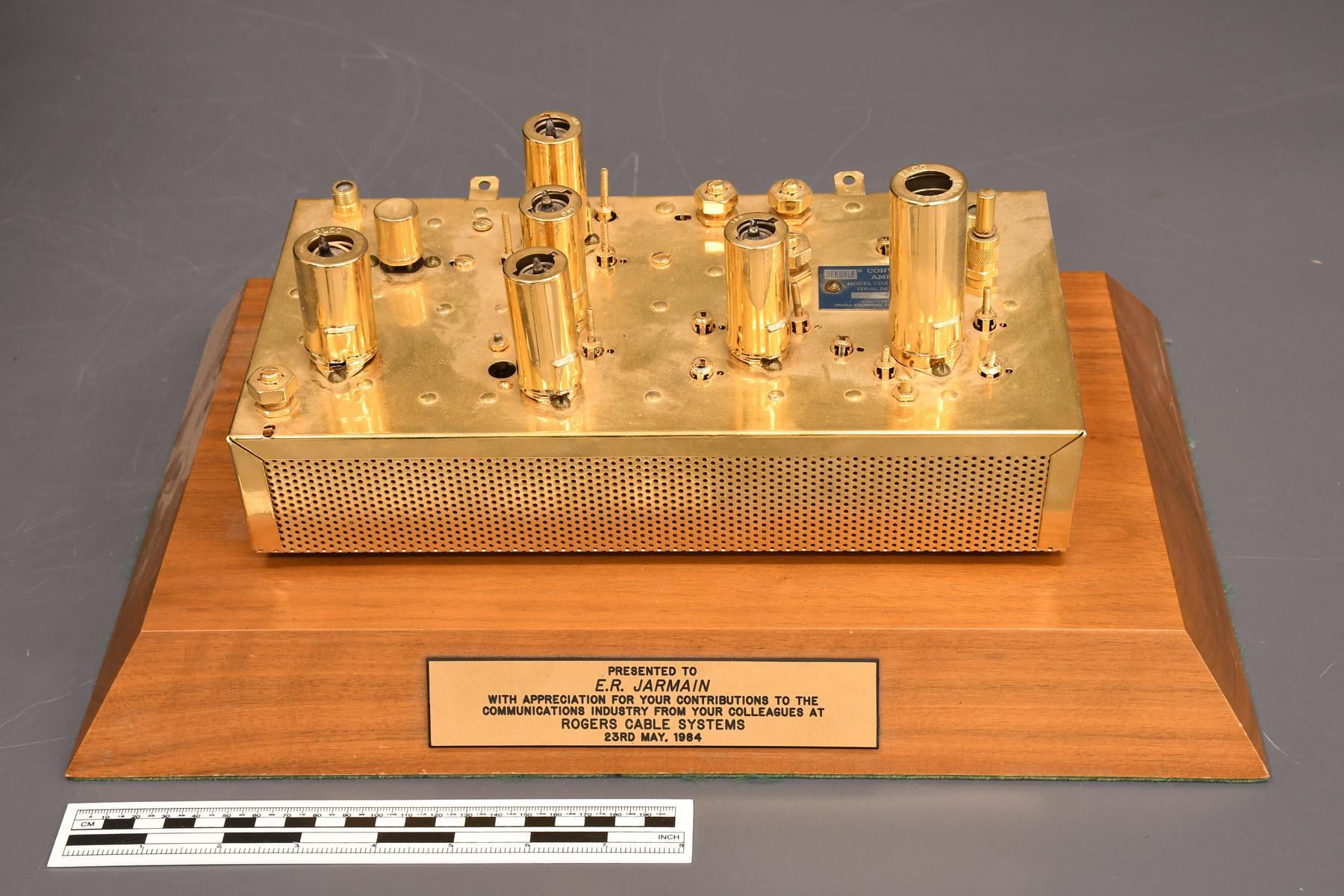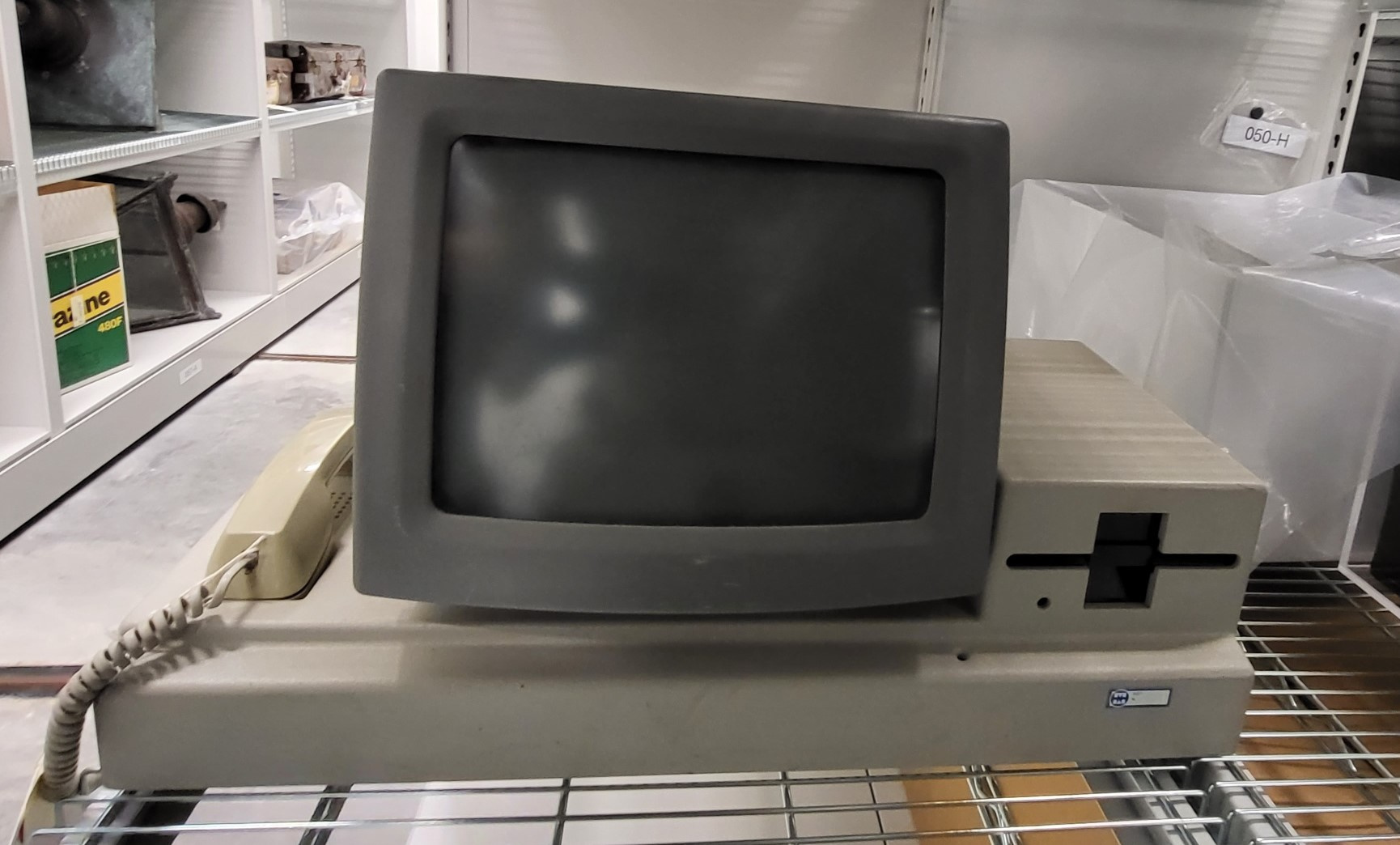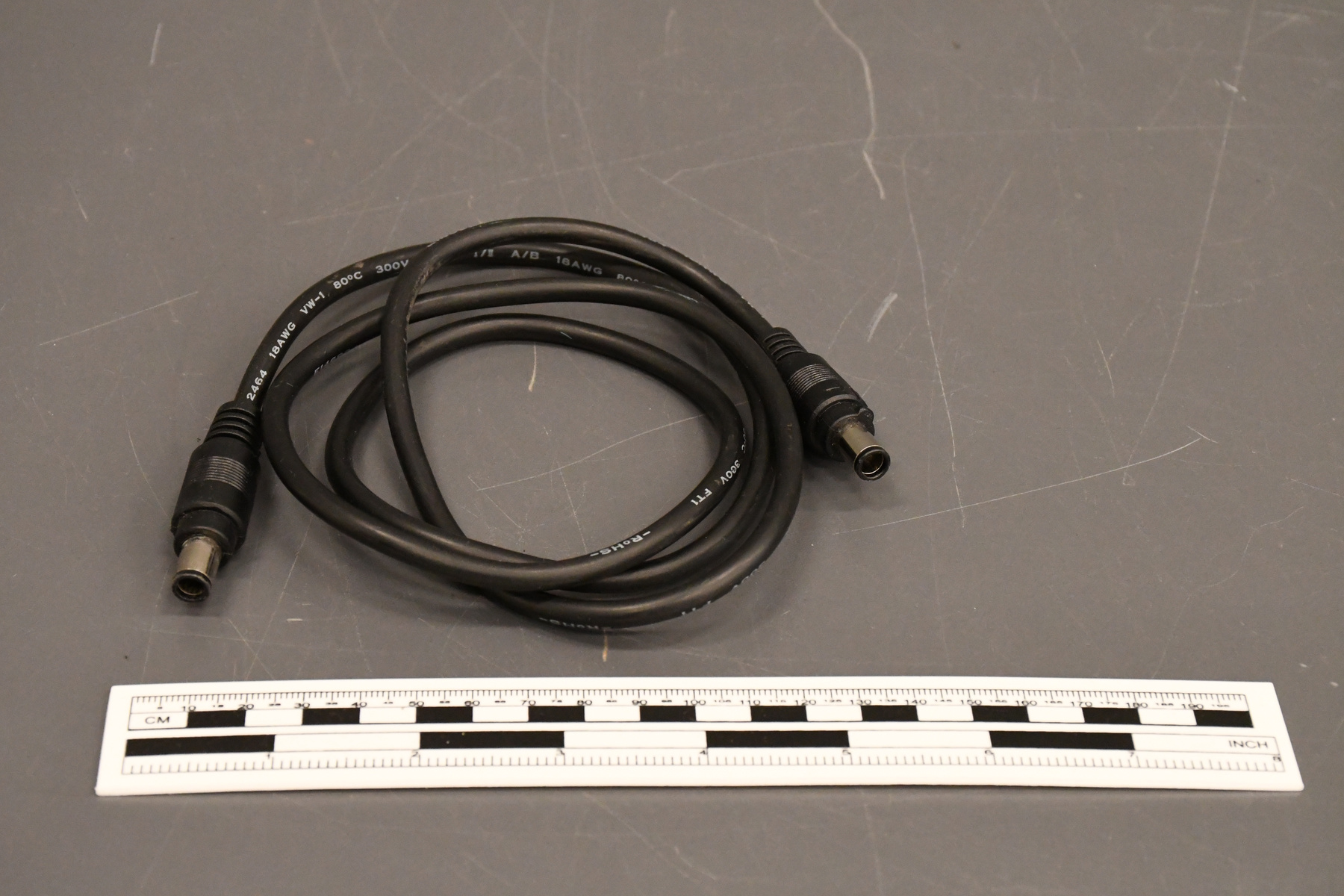Mount, antenna
Use this image
Can I reuse this image without permission? Yes
Object images on the Ingenium Collection’s portal have the following Creative Commons license:
Copyright Ingenium / CC BY-NC-ND (Attribution-NonCommercial 4.0 International (CC BY-NC 4.0)
ATTRIBUTE THIS IMAGE
Ingenium,
1966.1112.002
Permalink:
Ingenium is releasing this image under the Creative Commons licensing framework, and encourages downloading and reuse for non-commercial purposes. Please acknowledge Ingenium and cite the artifact number.
DOWNLOAD IMAGEPURCHASE THIS IMAGE
This image is free for non-commercial use.
For commercial use, please consult our Reproduction Fees and contact us to purchase the image.
- OBJECT TYPE
- N/A
- DATE
- 1961
- ARTIFACT NUMBER
- 1966.1112.002
- MANUFACTURER
- Unknown
- MODEL
- 214-2
- LOCATION
- Unknown
More Information
General Information
- Serial #
- N/A
- Part Number
- 2
- Total Parts
- 4
- AKA
- N/A
- Patents
- N/A
- General Description
- An object made of metal and synthetic elements/Un objet fait aved du matériel en métal et synthétique.
Dimensions
Note: These reflect the general size for storage and are not necessarily representative of the object's true dimensions.
- Length
- 36.0 cm
- Width
- 30.0 cm
- Height
- 31.0 cm
- Thickness
- N/A
- Weight
- N/A
- Diameter
- N/A
- Volume
- N/A
Lexicon
- Group
- Physics
- Category
- Demonstration & teaching equipment
- Sub-Category
- N/A
Manufacturer
- AKA
- Unknown
- Country
- Unknown
- State/Province
- Unknown
- City
- Unknown
Context
- Country
- Unknown
- State/Province
- Unknown
- Period
- Unknown
- Canada
-
Starting in the fall of 1939. Bell Telephone Laboratories developed a series of lecture aids that could be used to to demonstrate scientific discoveries and inventions. Project Echo was NASA’s first experimental communications satellite project. With the launch of Echo 1A in August 1960, Project Echo marked America`s entrance in the Space Race. It involved designing, building and deploying passive communications satellites. It also proved that microwave transmission to and from satellites was feasible and demonstrated the potential of communications satellites. En 1939 Bell Telephone Laboratories a construit une série d'aide conférences qui était utilisé pour démonter des découvertes scientifiques ainsi que des inventions. Projet Écho était le premier projet incluant une expérience en communication pour les satellites conçu par NASA. En aout 1960 le Projet Écho 1A à commencer et a marqué le début de la course à l'espace pour l'Amérique. Il impliquait la conception, construction et le déploiement de communications passives avec des satellites. Il a fini par prouver le la transmission à des satellites et des satellites étaient possibles avec l'utilisation des micro-ondes. L'expérience démontrais l'enfance de la potentielle pour la communication avec l'utilisation des satellites. - Function
-
The Project Echo Lecture Aid was designed by Bell Laboratories to give authentic, scaled-down demonstrations of the Project Echo space communications experiment. Cette aide conférence était conçu par Bell Laboratories pour démonter une expérience sur une plus petite échelle de Projet Écho qui concernait la communication dans l'espace. - Technical
-
This horn-reflector receiver is part of the Bell Laboratories Project Echo Lecture Aid, also known as Lecture Aid 214. It was designed to receives microwave signals generated by the lecture aid’s parabolic-dish transmitter. The signals were bounced of a hemisphere affixed to a photo-mural depicting the nighttime sky, demonstrating space communications. Unlike conventional antennas, the horn-reflector design made it possible to receive radio energy from essentially one direction. This resulted in a greater concentration on the desired signal and less interference from other directions and the ground. Le receveur en forme de cornet fait partie des aides conférences pour le Projet Écho et est nommée Aide de Conférence 214. Il était conçu pour recevoir des signaux de micro-onde généré par le transmetteur en forme parabolique. Les signaux rebondissaient sur un hémisphère fixé. A un mural de photo qui démontait le ciel le soir et pouvait ainsi prouver les communications avec l'espace. Le cornet à réflexion était unique, car sa fabrication lui permettait de recevoir de l'énergie a radio essentiellement dans une direction. Ceci avait comme résultat une concentration supérieure du signal désirée et moins d'interférence du sol et toutes autres directions. - Area Notes
-
Unknown
Details
- Markings
- None apparent/ L'objet n'a pas de marques.
- Missing
- Tripod, Transmitter, Photo-mural/Trépied, Transmetteur, Mural à photo
- Finish
- A black painted synthetic base has a grey metal mount attached to it. The mount is equipped with brass coloured metal washers. A black and red synthetic cable with metal components are attached to a box inside the mount. Une base synthétique qui est peinturée noire appuie un support en métal de couleur grise. Le support est équipé avec des rondelles en métal de couleur laiton. Une boite retient deux câbles synthétiques. Un câble rouge et un câble noir ont des composantes en métal à l'intérieur de la boite du support.
- Decoration
- N/A
CITE THIS OBJECT
If you choose to share our information about this collection object, please cite:
Unknown Manufacturer, Mount, antenna, circa 1961, Artifact no. 1966.1112, Ingenium – Canada’s Museums of Science and Innovation, http://collection.ingeniumcanada.org/en/id/1966.1112.002/
FEEDBACK
Submit a question or comment about this artifact.
More Like This


